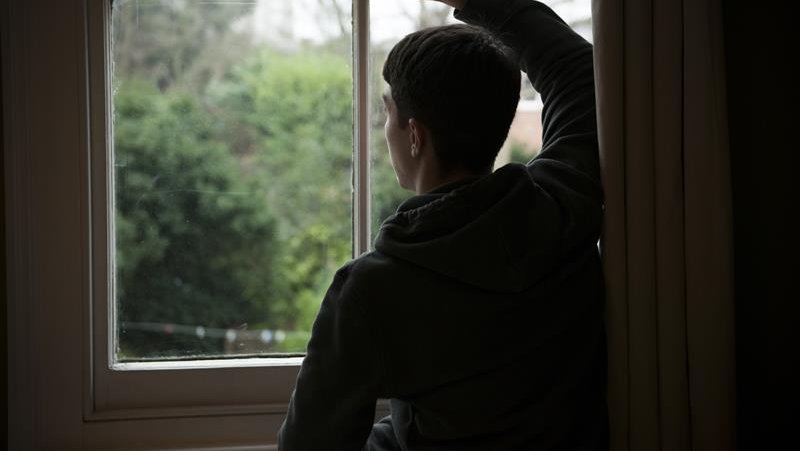Behind the behaviour: Insights from Parent Talk 2024-25

Our digital parenting support service, Parent Talk, is seeing a sharp rise in parents seeking help for their children’s violent or abusive behaviour at home.
This new report looks at what’s driving this behaviour, how it affects families and what needs to change so that children get help earlier.
Parent Talk is our free online advice and information service for parents of children aged 0-19 (or up to 25 for children with additional needs). In 2024/25, our information, advice and guidance pages were accessed by 318,866 parents and carers, and our coaches provided one-to-one support to 3,883 parents.
This year, we’ve seen a significant increase in parents looking for support for issues relating to their child’s violent or abusive behaviour.
Behaviour is now the second most accessed theme on Parent Talk, rising from 15% to 26% of article views year-on-year. Visits to our advice page Dealing with violent behaviour from your child or teenager reached 20,840 active users between August 2024 and July 2025 – up 19% on the previous year and 51% since the page launched – with notable spikes around the return to school in September.
We analysed one-to-one chats on this theme over the past three years to find out what parents are struggling with.
My child is controlling, demanding abusive both physically and verbally. I’ve tried a range of different techniques but nothing seems to work. I feel like I’m in an abusive relationship I can’t walk away from.
Parent in our Parent Talk service
- Unmet SEND and mental health needs are a key driver of violent behaviour towards parents. Across three years of chats about their children's violent behaviour, 64% of parents were concerned about their child’s mental health and 40% discussed special educational needs or disabilities (SEND); a quarter of parents talked about both.
- School transitions can be a trigger for escalating behaviour. 27% parents raised concerns about their child’s education, including emotionally based school avoidance, exclusion and the transition to secondary school with their child’s wellbeing and behaviour often deteriorating at transition points like returning after the summer break.
- The severity of children’s violent behaviour escalates with age. Parents described a trajectory from frequent-but-manageable meltdowns in younger children as a response to feeling overwhelmed, to emotional and physical dysregulation by the mid-teens, culminating in moments of crisis and violence.
- Children’s violence is a hidden harm for families. Parents described feelings of shame, isolation and fear of being blamed for their child’s behaviour, which led to some delaying help until crisis point. Many parents were worried about their child being criminalised if they contacted the police.
The impact on families of violent behaviour is wide ranging – from the wellbeing and safety of parents and siblings to children’s mental health, learning and longer-term outcomes. Yet parents frequently experience gaps in provision, high thresholds and frustrations in navigating a fragmented and underfunded system. Many of the parents we supported had already been in touch with a range of support services but did not get the help they needed. Families described long waits, rejected referrals and ‘ping-pong’ between school, GPs, CAMHS and early help.
We finally met disability early help criteria, but to get help for the violence we’re told to go to the police. I feel trapped and helpless.
Parent in our Parent Talk service
- Recognising children’s violent and abusive behaviour towards parents and carers as a safeguarding issue primarily driven by unmet needs.
- Ensuring timely specialist support for children with SEND and mental health needs.
- Ensuring early help is accessible for children and families across the whole of childhood, so that families with older children have access to the same multi-agency support as younger age groups.
- Improving pathways into specialist support and evidence-based interventions for children with violent and abusive behaviour.
- Adopting a joined-up approach across government to supporting children and families through early adolescence, including consistent terminology, data collection and clear responsibilities across government departments.
Together, these steps have the potential to help families get the right support at the earliest opportunity, preventing escalation of unmet needs and improving outcomes across childhood.
I've really appreciated the time you put into talking to me the other day and the information you put together. It's been a really traumatic situation so to have this kind of support has been an enormous help to me.
Parent in our Parent Talk service




